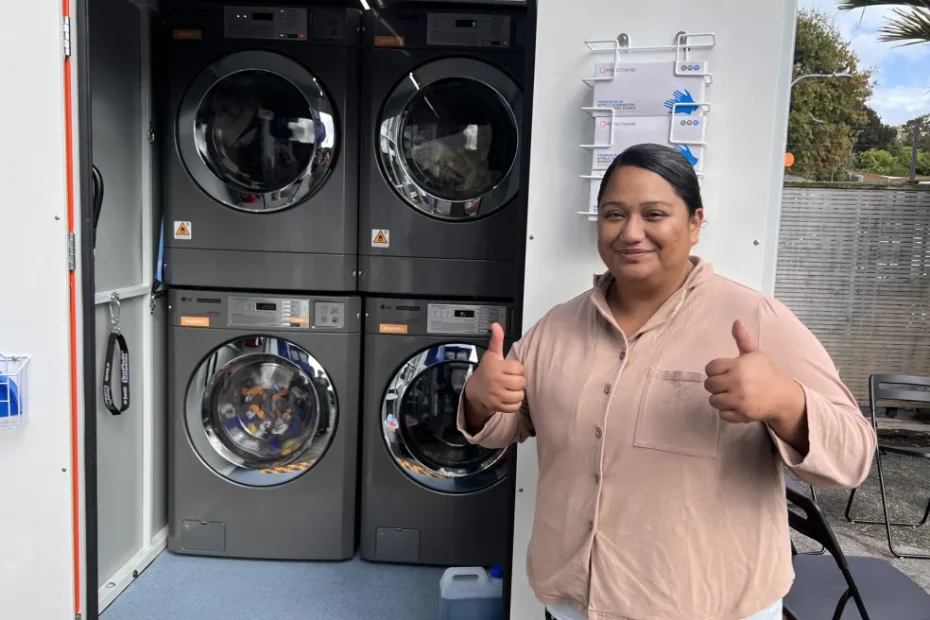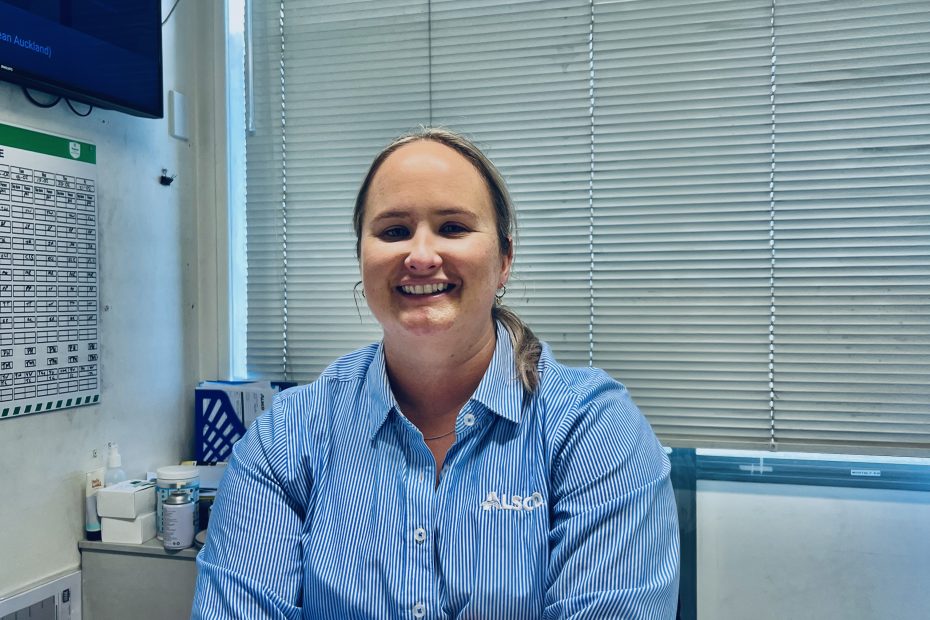Do you know in which cases you should start CPR? Do you know when to stop? Do you know what it actually does?
These questions seem like their answers are a part of everybody’s general knowledge, but you should not rely on that in the case of an emergency.
As a business owner, you need to do everything in your power so that your employees are safe and secure. One of the first steps is to step up your First aid game.
This includes renting a law compliant First Aid Kit. For more severe cases, it is best to ask Alsco representatives to send an AED, as well.
These steps are precious, but they are not enough. You need to have trained first aiders among your employees because you need people that know how to perform CPR.
It will take at least two minutes to get and set up your AED. During that time, CPR is the only thing that keeps a victim of a cardiac arrest from suffering brain damage.
Basic Facts About CPR
There are several questions about CPR that need proper answers. Even if you know them, it is never a bad idea to refresh your knowledge on such an important topic as this one.
- What Does CPR Stand for?
CPR is short for Cardiopulmonary Resuscitation. In simple words, it is a life-saving technique that is used to help restore functions of heart and lungs. - When to Perform CPR?
CPR should be performed when a person stops breathing or their heart stops working properly. This is usually a consequence of a heart attack. - How Long Should CPR Last?
You cannot start CPR too soon and it can hardly last for too long. You should perform CPR until a medical expert arrives. If that is impossible, try to get in touch with a medical expert and ask them for advice. - What Does it Do?
Contrary to the common belief, CPR does not restore the heart function. When the heart stops beating or it is beating ineffectively, it is essential that the brain keeps getting oxygenated blood. Therefore, CPR is doing the heart’s job.
There are two types of CPR. One is the famous “kiss of life” during which a person is breathing air into the victim’s mouth and presses the chest rhythmically. The other is the compression-only CPR that does not involve mouth-to-mouth.
Facts and Figures About CPR
According to the American Heart Association, almost 90% of people who suffer cardiac arrest outside of a hospital die. However, if a bystander performs CPR, the chances of survival double up.
AHA also states that chances of survival after a heart attack drop by 7%-10% with each minute of delay before performing CPR. Brain death starts to occur 4-6 minutes after blood stops feeding it oxygen.
The University of Arizona conducted a five-year study about the survival rates and the types of CPR. They published their results in 2010 and they showed that the lowest rate of survival was with people that did not receive CPR. Around 8% of patients survived after receiving ‘hands-only’ CPR and over 13% survived thanks to the conventional CPR.
Importance of the Trained Staff
The New Zealand Medical Journal published the results of a study that analysed the outcomes of out-of-hospital cardiac arrest in Wellington area from 2007 to 2009. One of the factors that were analysed was the CPR provided by a bystander.
According to their study, CPR was provided in 55% of cases. However, it did not help the outcome because it was not performed properly.
The conclusion is obvious – it is necessary to train employees to perform proper CPR. Training is not only important for their skills. It is also important for their willingness to help.
Getting proper CPR training boosts confidence to help somebody in need. It also greatly increases the chances of a positive outcome.
Step-by-Step CPR
It cannot be emphasised enough that proper training is necessary for proper CPR. However, there are 7 simple steps that a bystander should take to help a person who collapsed.
- Check for a response from the patient
- Call for help or send somebody for help
- Open the airway and check for breathing
- Place both hands-on patient’s chest and push hard and fast
- Pinch the patient’s nose and blow air into their mouth so that their chest rises
- Repeat pushes and air blows
- Use the nearest AED
New Zealand Doctor Newsroom published an article in 2015, stating that 1600 people died in New Zealand every year because bystanders did not know how to perform CPR or did not have a defibrillator.
Prevent your company from becoming a part of this worrying statistics. You need to:
- Get managed First Aid Kit
- Equip your workplace with portable AED
- Train your staff
Alsco will make sure that your First Aid Kits and your AED are up to standards, fully stocked and in perfect condition. Fill out our form and get a more than the fair quote on Alsco’s rental services.
Remember, we take responsibility for regular maintenance, stocking and restocking. You just need to learn your CPR and get your staff trained. Join Alsco in making your workplace safe.





